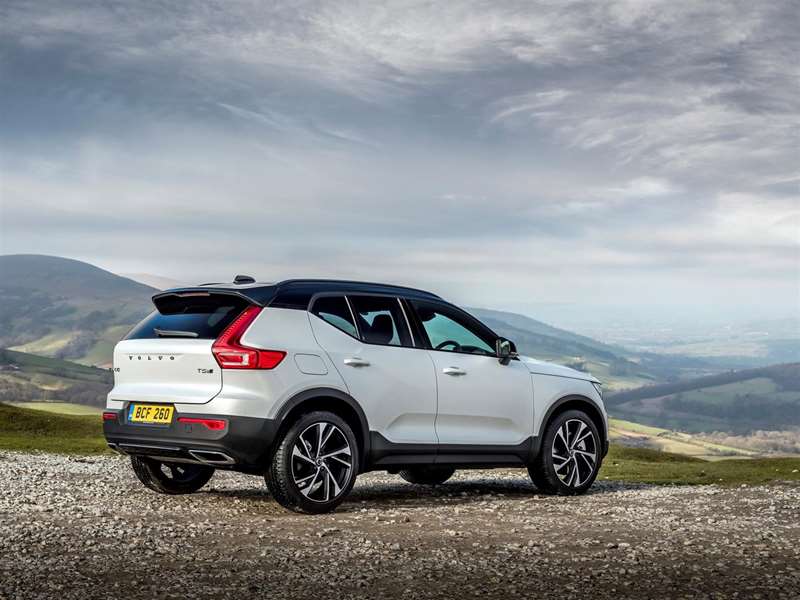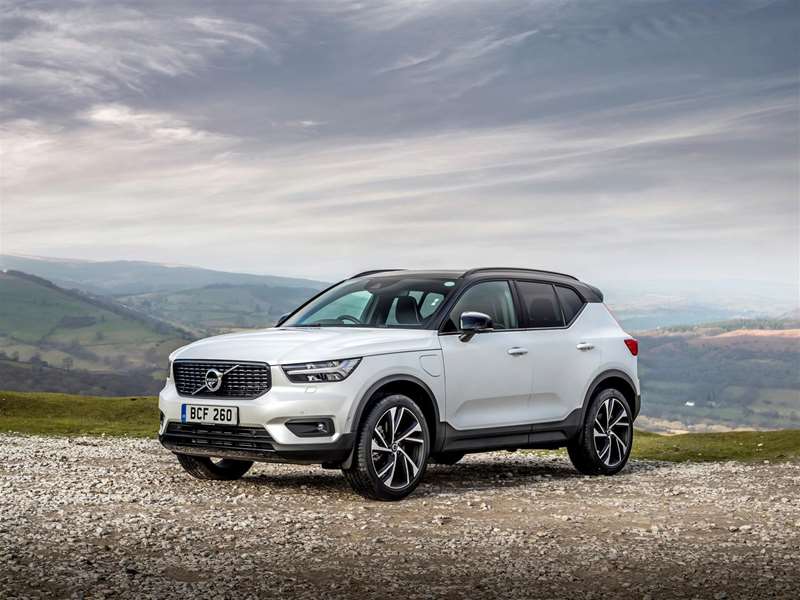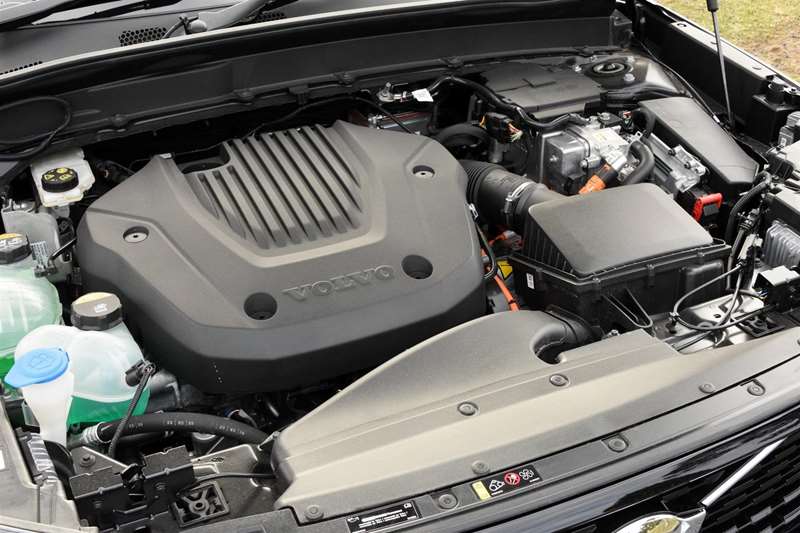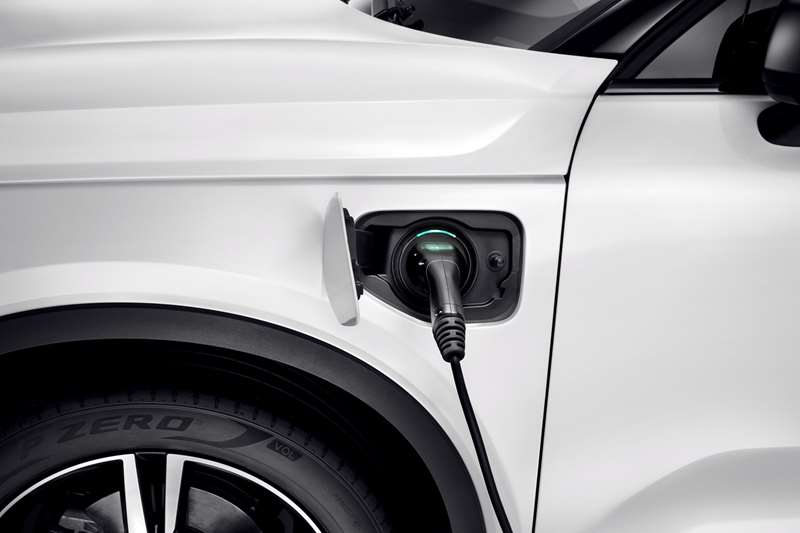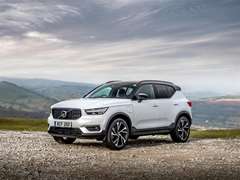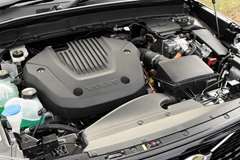Volvo is laying the foundations for a very different motoring future, and the new XC40 model is part of its grand plan. David Thomson explains.
What’s new?
The addition of a plug-in hybrid to Volvo’s XC40 range is an important development for a car-maker intent on having fully electric cars make up 50% of its global sales by 2025, and for its entire range to be fully electric by 2030.
Until now, the XC40 has been an all-petrol affair, comprising a choice of two 140kW/300Nm vehicles (the front-wheel drive T4 Momentum at $59,990 and an all-wheel-drive T4 Inscription at $67,900) and the more potent $72,900 182kW/350Nm T5 R-Design AWD.
Electrification, however, was always part of the plan, firstly with the T5 Recharge Plug-In Hybrid (PHEV) tested here today, and also the fully-electric model that will follow.
With a price tag of $84,900, the XC40 PHEV takes its place at the top end of the XC40 range.
It combines a 60kW/160Nm electric motor and 10.7kWh lithium-ion battery pack with a 1.5-litre turbocharged three-cylinder 132kW/265Nm engine. Power is delivered to the front wheels via a seven-speed dual-clutch transmission.
The PHEV’s range of about 40km on battery power alone promises a massive economy gain and accompanying reduction in CO2 emissions.
Recharging is straightforward: simply connect the Volvo-supplied adapter to the recharge port and hook it up to a regular three-pin power socket. Recharging the battery from fully-drained takes about five hours.
What’s it like to look at?
The XC40 was regarded as stylistically bold when it first appeared. Three years on, it’s still a striking vehicle, appearing solid and substantial, yet not overly slabby.
Sitting on alloy wheels and 245/45 R20 tyres, the hybrid declared its special status discreetly, with a small T5 Recharge badge on the boot and the word Recharge embossed on its rear pillars. There’s a further reminder of the vehicle’s status with Recharge illuminated on the tread plates.
What’s it like inside?
The clever positioning of the battery pack along the spine of the chassis minimises the impact on interior space.
Accessed via a power-operated tailgate, the boot has the same 460-litre capacity as a regular XC40, although the boot compartmentalisation system of other models is not included.
The transmission tunnel is enlarged a little to house the batteries, which impacts slightly on storage space up front, and on middle-seat leg room in the back. The two outer back seats score well for leg and headroom, albeit with a fairly upright seating position. The provision of rear seat heaters and separate rear air vents are nice touches.
Up front, quality is apparent in the predominantly soft-touch trim materials on the dash and door. Judicious use of chrome highlighting and patterned inserts bring light and variety to the look.
The leather-trimmed front seats are stylish and very comfortable, power adjusting, and (like the steering wheel) heated. Equally welcome is the array of in-cabin storage trays, bins, cubbies and pockets.
A portrait-format centre touchscreen covers entertainment, connectivity, satellite navigation and vehicle settings. The screen is also the primary interface for the vehicle’s climate control, and front seat and steering wheel heaters as well as the selection point for the vehicle’s various drive modes and contains selectable hybrid displays.
The equipment list is based the XC40 T5 R-Design, minus the four-wheel drive capability and sport-tuned chassis, but with some significant extras, including a panorama sunroof, leather interior trim, premium Harman Kardon sound system, and a pre-ventilation function on the dual zone climate control.
The safety package includes Volvo’s City Safe suite of active safety features, along with adaptive cruise control with pilot assist, lane keeping assist, blind spot and cross traffic alerts, oncoming lane mitigation and run off-road mitigation and protection.
What’s it like to drive?
The XC40 has five different drive modes — Hybrid, Pure, Power, Offroad and Individual.
Hybrid is the default mode. In this mode, the vehicle mixes-and-matches the use of the electric motor and petrol engine.
It is possible to have an entirely satisfactory driving experience and enjoy most of the economy benefits the XC40 PHEV provides without ever moving out of the Hybrid setting. However, fully realising the vehicle’s potential requires use of some of its other modes, which are selected via a button below the centre display screen and a menu on the screen itself.
Key modes — other than Hybrid — are Power and Pure. Power maximises the performance responses of the electric and petrol motors, while Pure ensures fully electric motoring.
Separate to the drive modes, there’s selectable regenerative braking. This function increases the amount by which the battery is automatically recharged when the vehicle is slowing, and also increases the rate at which the vehicle slows.
Pure, ideally with full regenerative braking selected, is suited to trips that are within the vehicle’s battery-only range. Acceleration in Pure mode isn’t breathtaking because the 60kW/ 160Nm electric motor is doing all the work, but it is adequate, super-smooth and impressively quiet.
Hybrid works well for extended motoring around town and for open-road trips. The electric motor does most of the work at around-town speeds, but the petrol engine kicks in with its distinctive three-cylinder thrum when required, making for much livelier performance. Beyond the city limits, the petrol engine’s role becomes more important, particularly when accelerating to overtake or when tackling steeper climbs.
Handling is balanced and benign. It’s a light, easy steer around town and, while a tight and winding road doesn’t feel like the XC40’s natural habitat, it is pleasantly agile when pressed.
And what of economy?
The XC40 PHEV’s lab-rated 2.2L/100km fuel economy figure should be considered with caution.
The opening days of this test involved short-hop driving in Pure mode, commuting to-and-from work and then running weekend errands. Faithfully recharging the battery every time the car was at home, I managed to cover just over 120km without using any petrol.
Departure into the sinful world of fossil-fuel use came when I misjudged the available battery-only range for a Dunedin-Mosgiel-Dunedin run: once the battery was depleted the vehicle automatically entered Hybrid mode, bringing its three-cylinder petrol engine into action. Further and greater petrol use came on the open-road portion of the road test. Roughly doubling the total distance covered, this saw fuel consumption for my entire spell with the vehicle end up at 5.L/100km.
The convenience of the PHEV compared to the future pure electric XC40 is worth noting. The pure EV has a notional range between recharges of a little over 400km, which should equate to a real-world highway range a little over 300km. That’s handy, but with its 48-litre petrol tank, the PHEV will be good for well over double that range, have more convenient refuelling (as opposed to recharging) and the same ability to cover the daily commute under battery power.
Verdict
The XC40 Recharge PHEV is an impressive PHEV, delivering its greatest benefits around town, but also providing an effortless and comfortable open-road experience equal to the other members of the XC40 line.
Photos: Volvo
